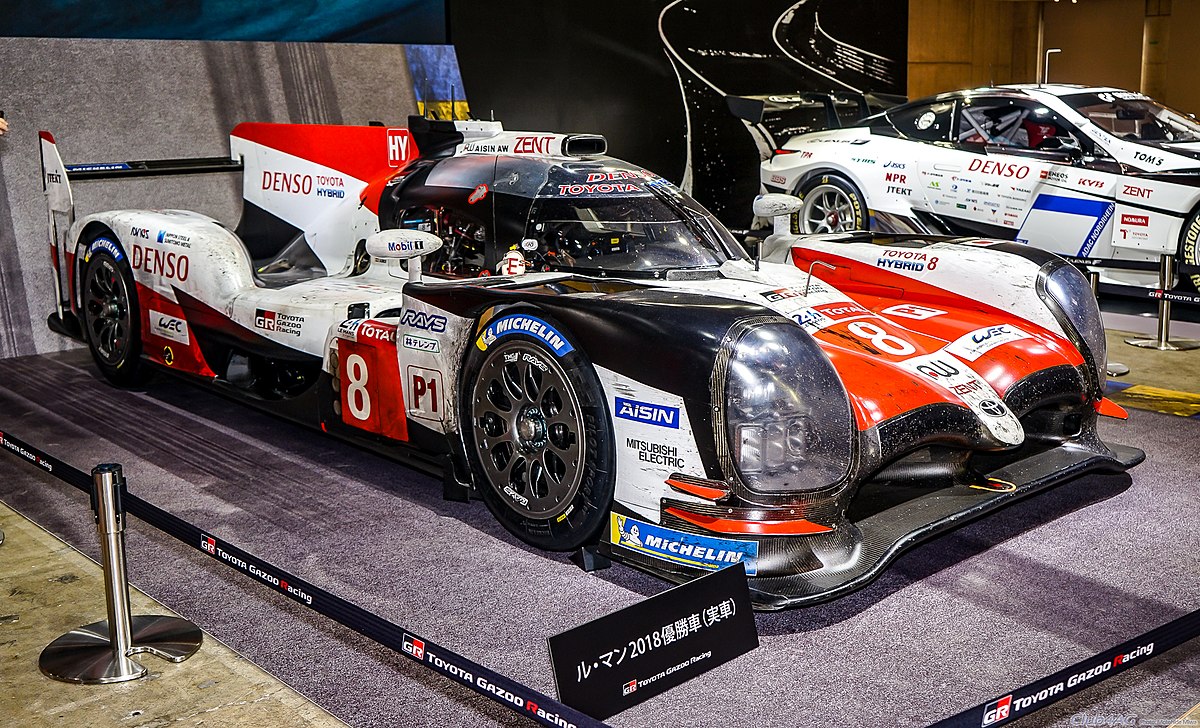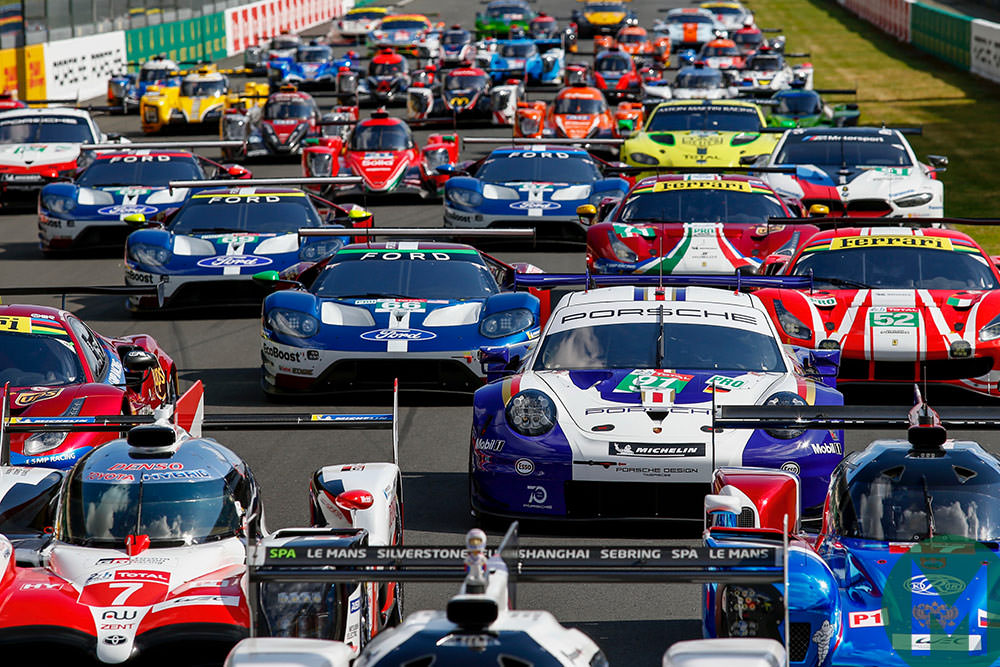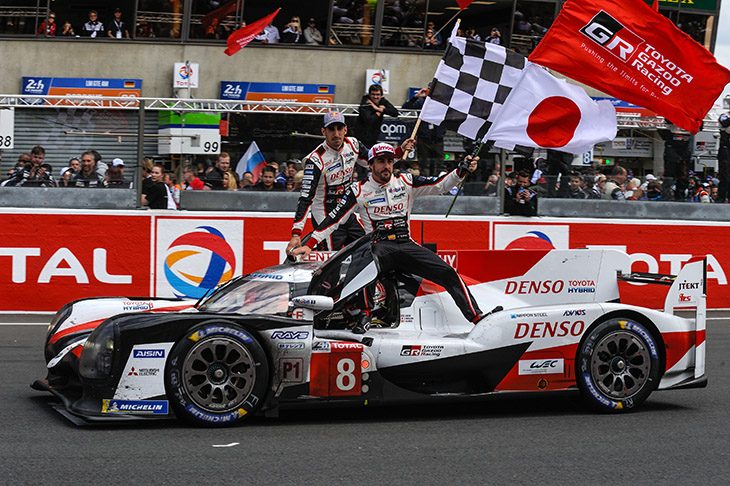The 24 Hours of Le Mans (French: 24 Heures du Mans) is the world's oldest active sports car race in endurance racing, held annually since 1923 near the town of Le Mans, France. It is considered one of the most prestigious automobile races in the world and has been called the "Grand Prix of Endurance and Efficiency".

The event represents one leg of the Triple Crown of Motorsport, other events being the Indianapolis 500 and the Monaco Grand Prix. Unlike fixed-distance races whose winner is determined by minimum time, the 24 Hours of Le Mans is won by the car that covers the greatest distance in 24 hours.
Racing teams must balance the demands of speed with the cars' ability to run for 24 hours without mechanical failure. In the 2018 race, 41 of the 60 qualifying cars ran the full duration.

The race is held in June, leading at times to very hot conditions for drivers, particularly in closed vehicles with poor ventilation; rain is commonly seen. The race begins in mid-afternoon and finishes the following day at the same hour the race started the previous day.

Modern competitors often cover well over 5,000 km. The record is 2010's 5,410 km (3,360 mi), six times the length of the Indianapolis 500, or about 18 times longer than a Formula One Grand Prix. Drivers and racing teams strive for speed and avoiding mechanical damage, as well as managing the cars' consumables, primarily fuel, tires, and braking materials. It also tests endurance, with drivers frequently racing for over two hours before a relief driver can take over during a pit stop while they eat and rest.

Current regulations mandate that three drivers share each competing vehicle. Competing teams race in groups called "classes", or cars of similar specification, while also competing simultaneously for outright placing amongst all classes.
Originally, the race showcased cars as they were sold to the general public, then called "Sports Cars", in contrast with the specialised racing cars used in Grand Prix motor racing. Over time, the competing vehicles evolved away from their publicly available road car roots, and today the race is made of two overall classes: prototypes, and Grand Touring cars (similar to sports cars sold to the public). These are further broken down into 2 sub-classes each, constructors' prototypes, privateer prototypes and 2 subclasses of GT cars.
According to en.wikipedia











